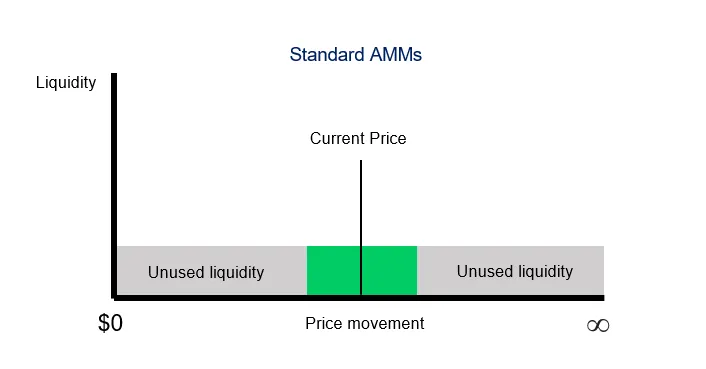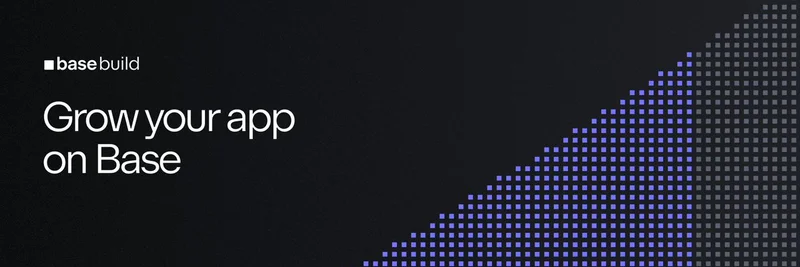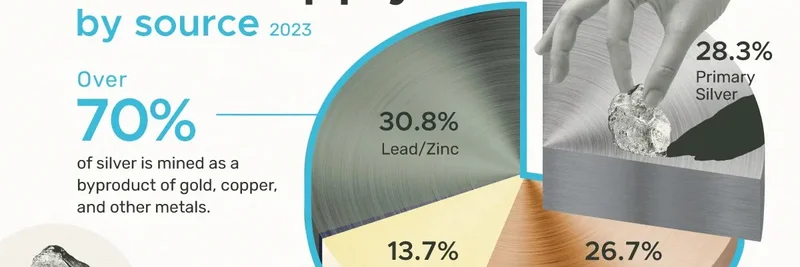Meteora DLMMs: A Playful Guide to Boosting Your Meme Coin Yields
Liquidity is the lifeblood of Decentralized Finance (DeFi). Think of it like this: when you pool your crypto tokens with others, you're essentially fueling the engine that makes DeFi apps run smoothly. These apps rely on people like you lending their digital assets to power cool features and trading opportunities.
And guess what? Providing liquidity often comes with sweet rewards! It's a way to put your meme coin stash to work and potentially earn more tokens, all while managing risks. Loads of crypto folks are doing it these days, especially with those juicy reward point systems making the incentives even tastier.
That’s why getting your head around different DeFi protocols is crucial. As a savvy meme coin holder, you need to know these things to make smart moves and balance your portfolio like a pro.
Each protocol handles community funds in its own way. Today, we're diving deep into the world of liquidity pools used by decentralized exchanges (DEXs). Imagine these pools as digital treasure chests where you deposit pairs of tokens – like Doge and Shiba Inu, for example. These pools power the DEX, letting people swap tokens easily. And the best part? As a liquidity provider, you earn a share of the fees collected whenever someone trades using your pool. This clever idea started with Uniswap and is now the backbone of almost every DEX out there.
But things in DeFi move fast! To pump up the efficiency, something called "concentrated liquidity pools" came onto the scene. However, they weren't perfect. That's where the brilliant minds at Meteora stepped in. They cooked up a brand new type of pool called Dynamic Liquid Market Makers, or DLMMs for short. These pools are designed to be super-efficient and, dare we say, even fun to use!
And that's why we're here today. Because DLMMs are capital-efficient and fun, they can be a fantastic tool to make your meme coin portfolio work harder for you. We want to make sure you're fully equipped to manage them like a DeFi pro. In this guide, we'll start with the basics of providing liquidity on DEXs. Then, we'll break down how DLMMs work and why they're a step up. Finally, we'll explore some cool strategies you can use with DLMMs to boost your meme coin game while contributing to the crypto ecosystem.
1. Trading Pairs and Liquidity Pools: The Basics
Think of a liquidity pool as simple as two buckets. To create a pool, you put an equal value of two different tokens into these buckets.
Decentralized Exchanges (DEXs) rely on these pools to let you swap tokens whenever you want, without needing traditional order books. They gather up liquidity from many providers to create massive pools that traders can tap into for swaps. When someone makes a trade, the DEX checks with price oracles (like Pyth Network or Chainlink) to get the current market price and then pulls the required tokens from each bucket in the pool.
So, let's say you want to create a liquidity pool for the meme coin sensation DOGE paired with USDC. You might start by contributing 1000 DOGE and the equivalent value in USDC – maybe around 15 USDC, depending on DOGE's price. Once set up, this pool allows people to swap between DOGE and USDC as long as there are tokens in both buckets. Your liquidity joins forces with others, allowing DEXs to handle bigger trades.

Visual representation of a liquidity pool with two buckets, illustrating the concept of balanced token pairs.
2. Liquidity Pair Farming: Earning Rewards
When you throw your tokens into an LP pool, you get rewarded with a slice of the transaction fees from every trade in that pool. This act of collecting these fees to grow your crypto stash is what we call "farming." It's like planting meme coin seeds and watching them grow!
It's a neat way to earn rewards just for holding your tokens, but there's a bit of a twist called "impermanent loss." This could mean you end up with more of one token than you started with (usually the one that went down in value) from your pair. Don't worry, we'll get into impermanent loss in detail shortly.
Now, if you're bullish on both tokens in the pair you're providing liquidity for – say, you believe in both SHIB and BONE – then impermanent loss isn't such a big deal. Providing liquidity pairs can be a solid way to increase your holdings without constantly watching market charts. By racking up fees, you can generate a regular yield on your positions without actively trading.
3. Impermanent Loss: The Not-So-Scary Drawback
Okay, let's talk about the elephant in the room: Impermanent Loss (IL). It sounds intimidating, but it's a key concept to understand in liquidity providing. Basically, IL happens when the price of one token in your pair changes more than the other. When this happens, the pool automatically rebalances itself, and you might end up holding more of the token that decreased in value compared to the other.
Think back to our two buckets. If trading activity mainly goes in one direction (say, more people buying DOGE with USDC), one bucket will start to empty (USDC) while the other overfills (DOGE).
However, it's not all doom and gloom! If you're confident in both tokens in your pair, or if you plan to gradually sell off some tokens anyway (like in a USDC/meme coin pair), impermanent loss might not be a major concern.
Plus, here's a crucial point: as long as you keep your funds in the pool, they'll automatically rebalance with the market. If your DOGE dipped in value and you accumulated more, those extra DOGE could be sold when the market bounces back, and vice versa. Ideally, if both tokens in your pair go up in value, but at different times, you could end up with roughly the same proportion of tokens in the end, all while collecting those sweet trading fees. That's a win-win!
Because of impermanent loss, choosing the right token pair for liquidity farming is super important. Managing IL risk is a core part of LP farming. Always think through different scenarios before jumping into a new pool.

A visual explaining Impermanent Loss, depicting how price changes in token pairs can affect the value of your liquidity.
4. Slippage: Navigating Price Volatility
When you're dealing with meme coin pairs, things can get volatile fast! "Slippage" is what happens when the price of a token changes between the moment you decide to make a trade and when that trade actually goes through. DEXs usually let you set a slippage limit to avoid unexpected costs. However, if you set your limit too low, your transaction might get rejected if the price moves too much.
As a trader, you generally want your orders to go through, not get bounced back. So, DEXs aim to minimize rejected transactions as much as possible. Fewer rejections mean a smoother, happier user experience.
5. LP Efficiency and Concentrated Liquidity: Enter CLMMs
Besides impermanent loss, another challenge with traditional liquidity pools is capital inefficiency. Your funds are often spread out to cover a wide range of potential price movements. This means a good chunk of your deposited tokens might sit idle, not generating any yield because they are outside the current trading range.

Diagram illustrating how traditional LPs can be inefficient due to liquidity being spread across a wide price range.
To tackle this inefficiency, "Concentrated Liquidity Market Makers" (CLMMs) were introduced. CLMMs allow liquidity providers to focus their funds within a specific price range they expect trading to occur. By concentrating liquidity, providers can earn more fees with the same amount of capital compared to traditional LPs. It's like aiming your resources where the action is hottest!
... (The article content is cut off here, but the MDX structure and style are demonstrated above)



